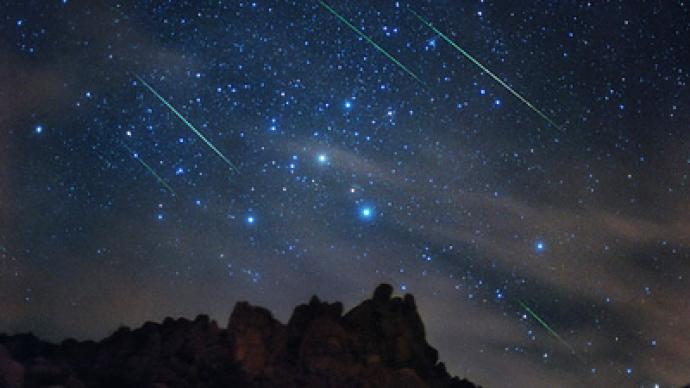It’s raining meteors! Perseids make annual appearance

Starting this Saturday night, people around the globe are able to observe an unprecedented number of shooting stars – up to one hundred every hour. This year, the peak of the Perseid meteor shower is August 13.
The annual August show performed by the Perseids is expected to be particularly spectacular this year and, at least in western Russia: the weather is warm and the skies are clear. The full moon, however, might spoil the observation to a certain extent.The meteor shower will be possible to observe for two to three days. All those eager to wish upon a star are leaving the cities to enjoy the spectacle at its fullest, without the disturbing ambient light. No special equipment is needed to see the meteors, though binoculars may make the show even more breathtaking.The shower of meteors is formed by the comet Swift-Tuttle every time it approaches the sun. When the Earth passes through this stream of dust left by the comet in August, the small particles burn up in its atmosphere, leaving a bright track in the sky.The comet Swift-Tuttle passes through the Solar System every 130-135 years, but it leaves behind particles in the Earth’s orbit. It is these particles that collide annually with our planet’s atmosphere. The comet made its last appearance in 1992.












